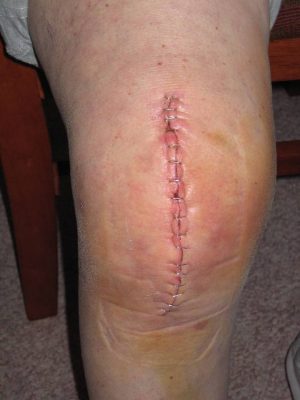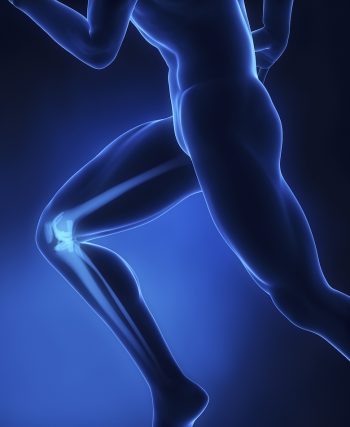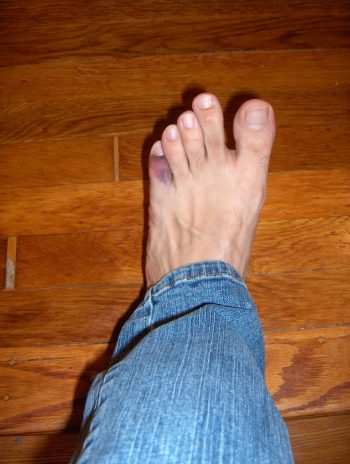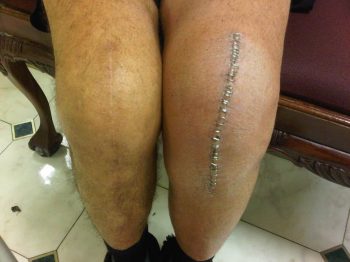Knee Replacement
Recovery Therapy
Heal Faster. Heal Better.
So, You’ve Just Had Knee Replacement Surgery
You are likely looking at your knee and wondering if it will look and feel normal again.

There’s a good chance you have a good sized bruise and it is stiff from the post-operative swelling. The good news is that it’s normal. The great news is that you can speed up your healing time significantly.
You will probably be expected to be up and about within a week after surgery. As soon as you are able, get in to see a Certified Lymphedema Therapist for a lymphatic drainage treatment. You will thank yourself for putting in the effort.
Knees are Important for Daily Life
Having healthy knees is critical to being able to function normally in daily life, so a quick recovery is important. Our knees are the largest joints in our bodies. In addition to helping us to walk, squat, and pivot, they support most of the body’s weight.

Since our knees are so fundamental to basic movement, they often get injured or worn out and require surgery to restore normal function. Most people dread having knee replacements because of the recovery time involved. Swelling in a post-operative knee can last up to 6 months from the date of surgery, and this is a problem for several reasons.
Why Swelling
is Bad
Most obviously, swelling and inflammation are painful.
Each of us knows the feeling of swelling from even minor injuries such as stubbing a toe. The pain that comes from that small bit of swelling can be intense when pressure is applied for walking.

That’s minor compared to the pain from knee surgery were the injury and swelling are far greater.
The lesser-known reason why swelling is a problem is that when it lasts for a significant period of time tissue changes take place. Let’s take a look at how this happens.
How Tissue Changes from Long-Term Swelling
When the body is injured (through surgery, a fall, or a minor cut) specialized cells rush to the area to help stabilize, or splint, the tissue.
Initially this is a very good thing because it helps to protect us from further damage like further tearing open a wound or using a finger where a tendon has been torn.

If the body is healing normally, these specialized stabilizing cells are slowly removed and normal function is restored. The removal of these stabilizing cells happens when circulation around the injured area is good and movement is happening. When this is the case, the body can move them away and recycle them.
In the case of a knee replacement, not much movement happens because moving around without using our knees is pretty difficult. As a result, getting rid of these stabilizing cells becomes difficult and the tissue can begin to harden.
Specialized Therapies That Help
Speed Up Knee Replacement Recovery
Lymphatic Drainage (Lymphatic Massage)
Lymphatic Drainage techniques move fluid out and away from the surgical site. This accomplishes three important tasks.

First, it reduces swelling by moving the accumulated fluid from the swollen area.
Second, wastes caused by the breakdown of damaged tissues are moved away from the surgical area.

Third, lymphatic flow is jump-started at the surgical site which facilitates the delivery of nutrients to the healing tissues. It does this by creating room for the normal circulatory fluid to reach the damaged tissues. Prior to lymphatic drainage the flow of this fluid was blocked by stagnant fluid (swelling).
Pain & Swelling Solutions offers two types of lymphatic drainage: Manual Lymphatic Drainage (MLD) and Electro-Lymphatic Therapy. Both are great and effective therapies for reducing swelling, helping to reduce pain, and give your body a great detox at the same time.
Put Yourself on the Recovery Fast Track
Heal Faster. Heal Better.




